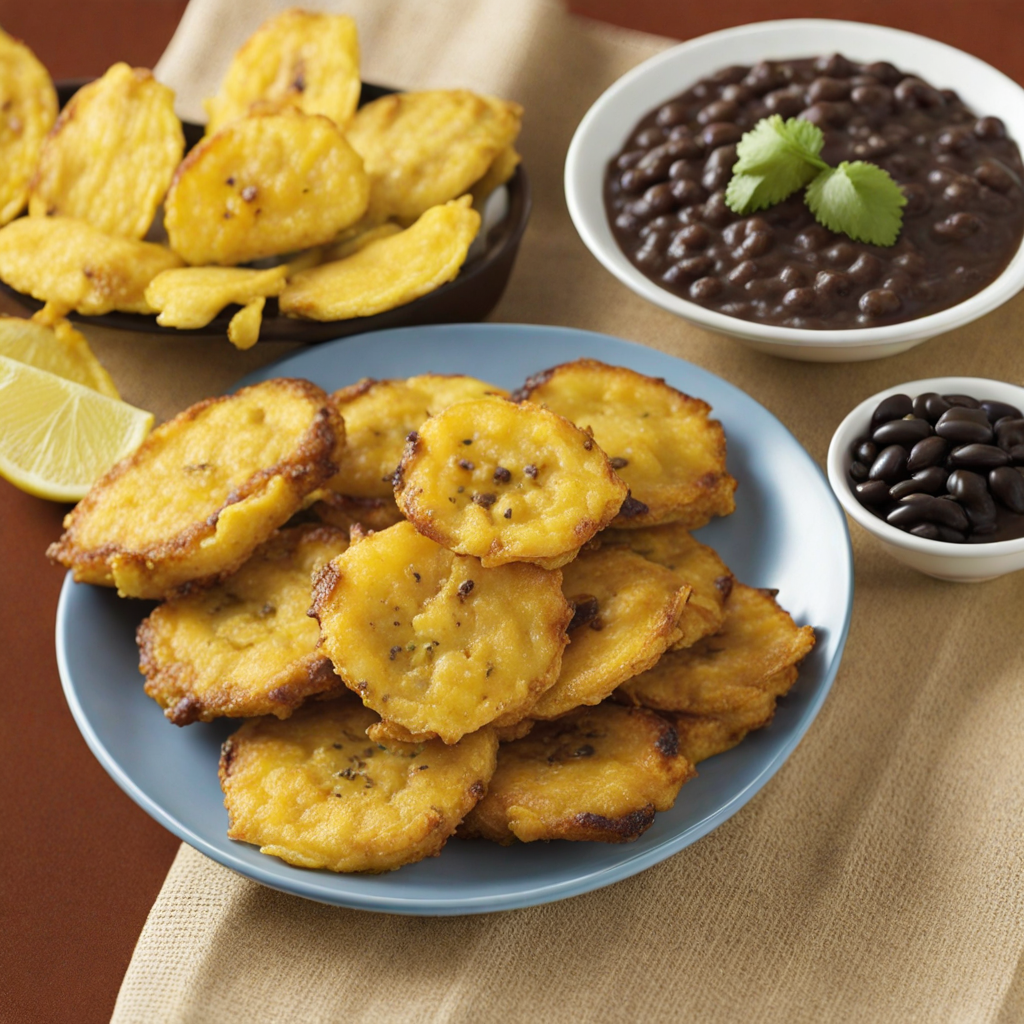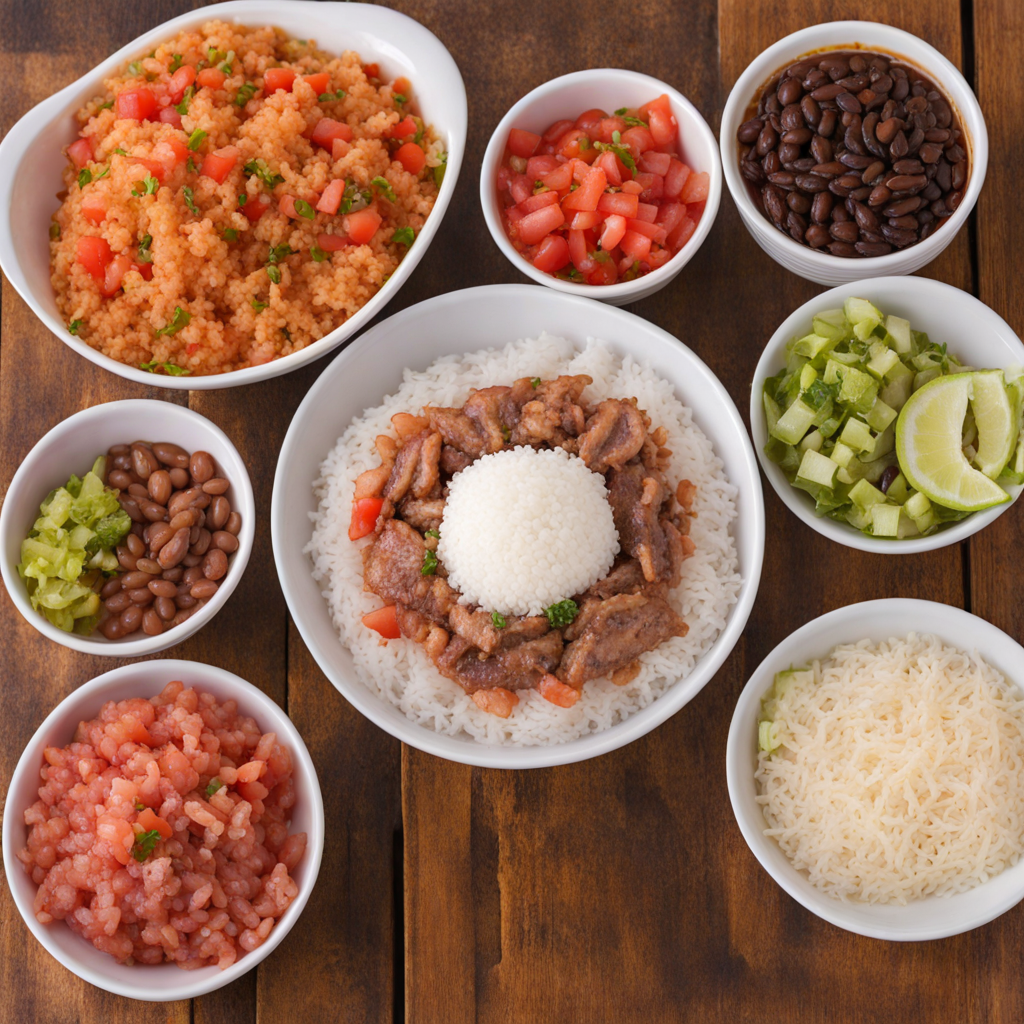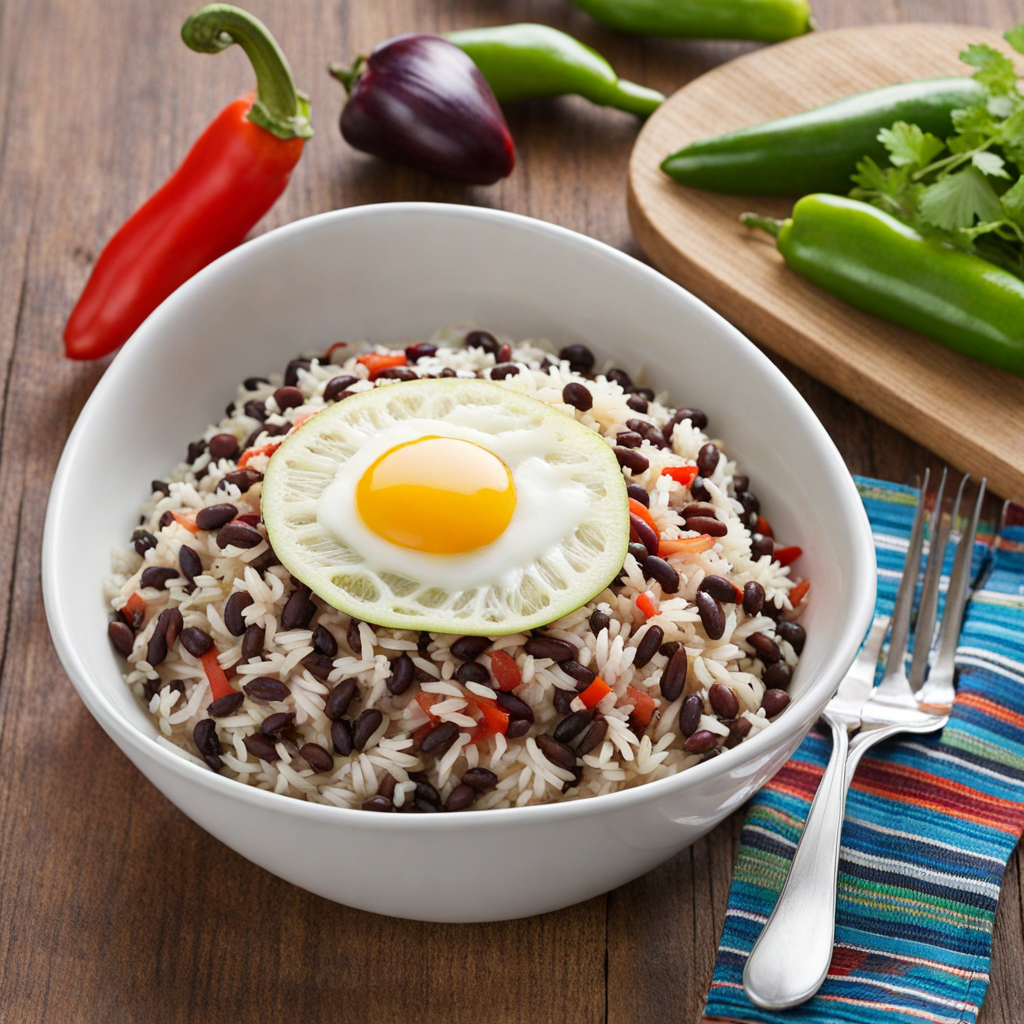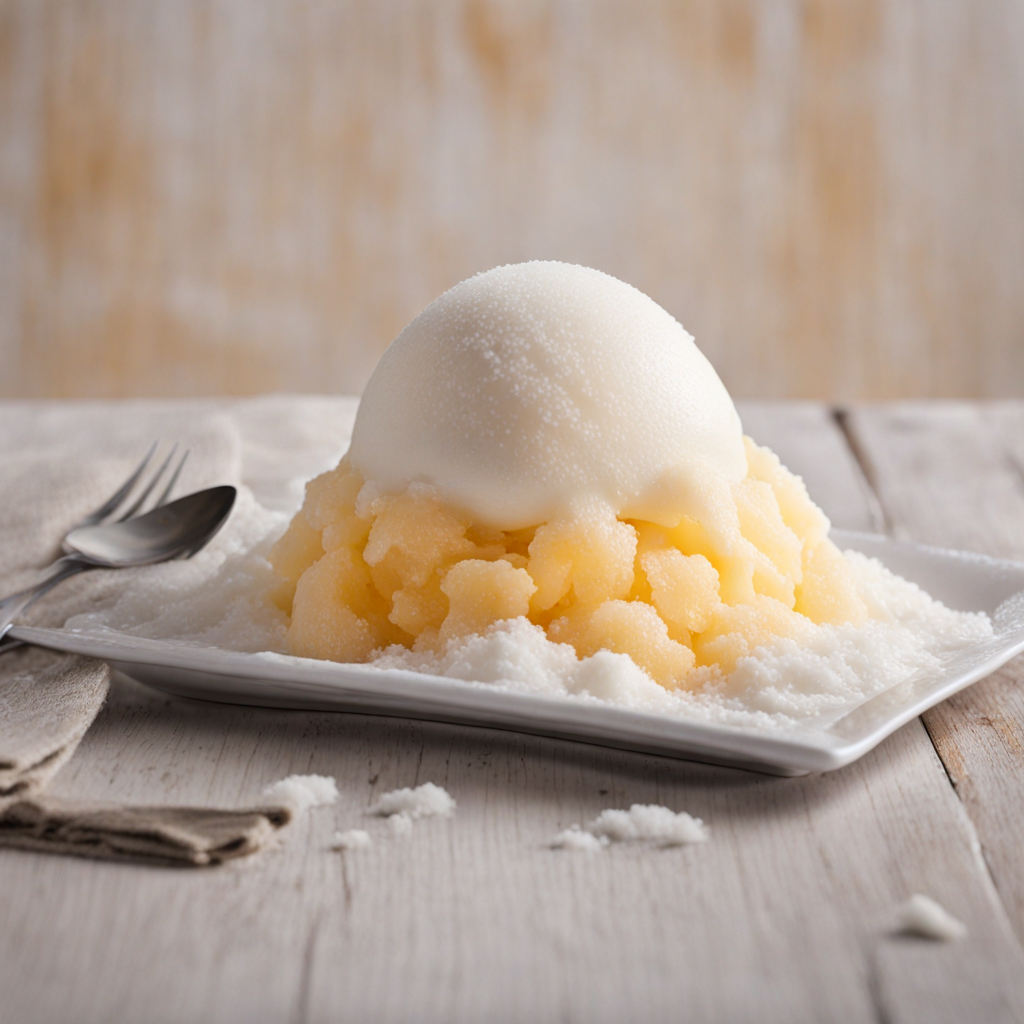Tres Leches Cake
Tres Leches Cake is a delightful dessert that originates from Latin America, with a special place in Costa Rican cuisine. This moist and indulgent cake is made by soaking a light sponge cake in a mixture of three types of milk: evaporated milk, sweetened condensed milk, and heavy cream. The result is a rich and creamy texture that melts in your mouth, offering a unique combination of sweetness and moisture that is truly irresistible. The cake is often topped with a layer of whipped cream, adding a fluffy finish that balances the dense, milky flavors beneath. Each bite of Tres Leches Cake reveals the careful craftsmanship that goes into its preparation. The sponge cake is typically prepared using simple ingredients like flour, eggs, sugar, and baking powder, making it light and airy. Once baked, the cake absorbs the milk mixture, allowing the flavors to meld beautifully. This dessert is often garnished with fresh fruit, such as strawberries or peaches, which adds a refreshing contrast to the rich creaminess, enhancing the overall experience. Tres Leches Cake has become a beloved staple not only in Costa Rica but throughout Latin America and beyond. It is commonly served at birthdays, weddings, and other celebrations, symbolizing joy and togetherness. The cake's unique texture and flavor profile make it a fantastic choice for those looking to explore new culinary experiences. Whether enjoyed as a special treat or a comforting dessert, Tres Leches Cake is sure to delight anyone with its luscious taste and satisfying richness.
How It Became This Dish
The Sweet Legacy of Pastel de Tres Leches: A Costa Rican Delight Pastel de Tres Leches, a sumptuous cake soaked in a trio of milks, is a culinary treasure that embodies the rich tapestry of Costa Rican culture and heritage. This decadent dessert has not only become a staple in Costa Rican households but has also garnered international acclaim, making it a symbol of Latin American gastronomy. To truly appreciate this delightful cake, we must delve into its origins, cultural significance, and the evolution it has undergone through time. Origins of Pastel de Tres Leches The origins of Pastel de Tres Leches can be traced back to the early 20th century in Latin America, with roots often attributed to Nicaragua, Mexico, and various other Central American countries. The cake is characterized by its moist texture, achieved by soaking it in a mixture of three types of milk: evaporated milk, sweetened condensed milk, and heavy cream. The combination results in a rich and sweet flavor profile that is unlike any other dessert. While the exact birthplace of Pastel de Tres Leches remains a point of contention, it is widely recognized that similar recipes began emerging in the 19th century. The cake's introduction can be linked to the broader tradition of milk-based desserts that were popular throughout Europe, especially in Spain, where flans and custards were commonplace. The influx of dairy farming in the Americas, combined with the agricultural practices of local farmers, likely inspired the creation of a cake that utilized readily available ingredients. Cultural Significance In Costa Rica, Pastel de Tres Leches has transcended its status as merely a dessert; it is a cultural emblem that represents family, celebration, and tradition. The cake is a common feature at birthdays, weddings, and national festivities. Its presence at such events underscores the importance of sharing and community in Costa Rican culture. The act of preparing and serving Pastel de Tres Leches often becomes a family affair, with generations passing down recipes and techniques, creating a sense of continuity and belonging. The cake's popularity has also been fueled by its versatility. While the classic recipe remains a favorite, many Costa Ricans have put their own spin on the dessert, incorporating flavors such as coffee, cocoa, or even tropical fruits like pineapple and coconut. This adaptability not only showcases the creativity of Costa Rican cooks but also reflects the diverse influences that shape the nation’s culinary landscape. The Evolution Over Time As Costa Rica has evolved, so too has the Pastel de Tres Leches. The mid-20th century saw a burgeoning interest in international cuisine, and the cake began to gain recognition beyond Central America. It became a staple in Latin American restaurants across the United States, particularly in areas with significant Hispanic populations. The 1980s and 1990s brought about a renaissance of Latin American cuisine, further propelling Pastel de Tres Leches into the spotlight. Moreover, the cake has often been featured in popular culture, from cookbooks to television cooking shows, solidifying its place in the hearts of food lovers everywhere. The influence of social media in the 21st century has also played a pivotal role in the cake's resurgence, with visually appealing images of Pastel de Tres Leches flooding platforms like Instagram. This exposure has led to an increased appreciation for traditional dishes, prompting a new generation to explore their culinary heritage. Regional Variations and Modern Interpretations While the classic Pastel de Tres Leches remains beloved, various regional adaptations have emerged, each adding a unique twist to the traditional recipe. In Nicaragua, for example, the cake may be enriched with additional layers of fruit or flavored with spices like cinnamon. In Mexico, it may be prepared with a chocolate base, resulting in a dessert known as "Pastel de Tres Leches de Chocolate." In contemporary times, innovative chefs and home bakers have experimented with the traditional ingredients, introducing new flavors and presentation styles. Some have taken to infusing the milks with flavors like vanilla, rum, or even tequila, resulting in a cake that is both familiar and exciting. Others have opted for gluten-free or vegan versions, demonstrating the adaptability of the recipe for modern dietary preferences. Conclusion: A Dessert that Unites Pastel de Tres Leches is more than just a cake; it is a celebration of Costa Rican culture and community. Its evolution over time mirrors the changes in society, as tastes and traditions intertwine to create something uniquely beautiful. As it continues to thrive in both traditional and modern forms, Pastel de Tres Leches serves as a delicious reminder of the importance of heritage, family, and the joy of sharing a meal. In a world that is increasingly fast-paced and globalized, the cake stands as a testament to the power of food to connect people. Whether enjoyed at a festive gathering or a quiet family dinner, Pastel de Tres Leches encapsulates the essence of Costa Rican hospitality and warmth. As it graces tables around the world, it invites everyone to partake in a slice of history, culture, and love—one delectable bite at a time.
You may like
Discover local flavors from Costa Rica







